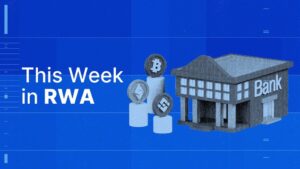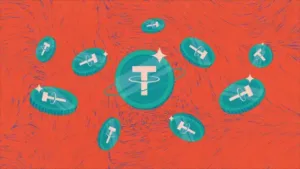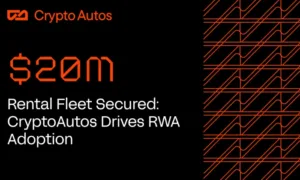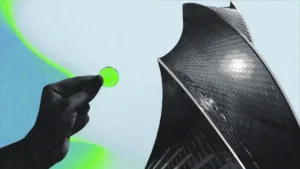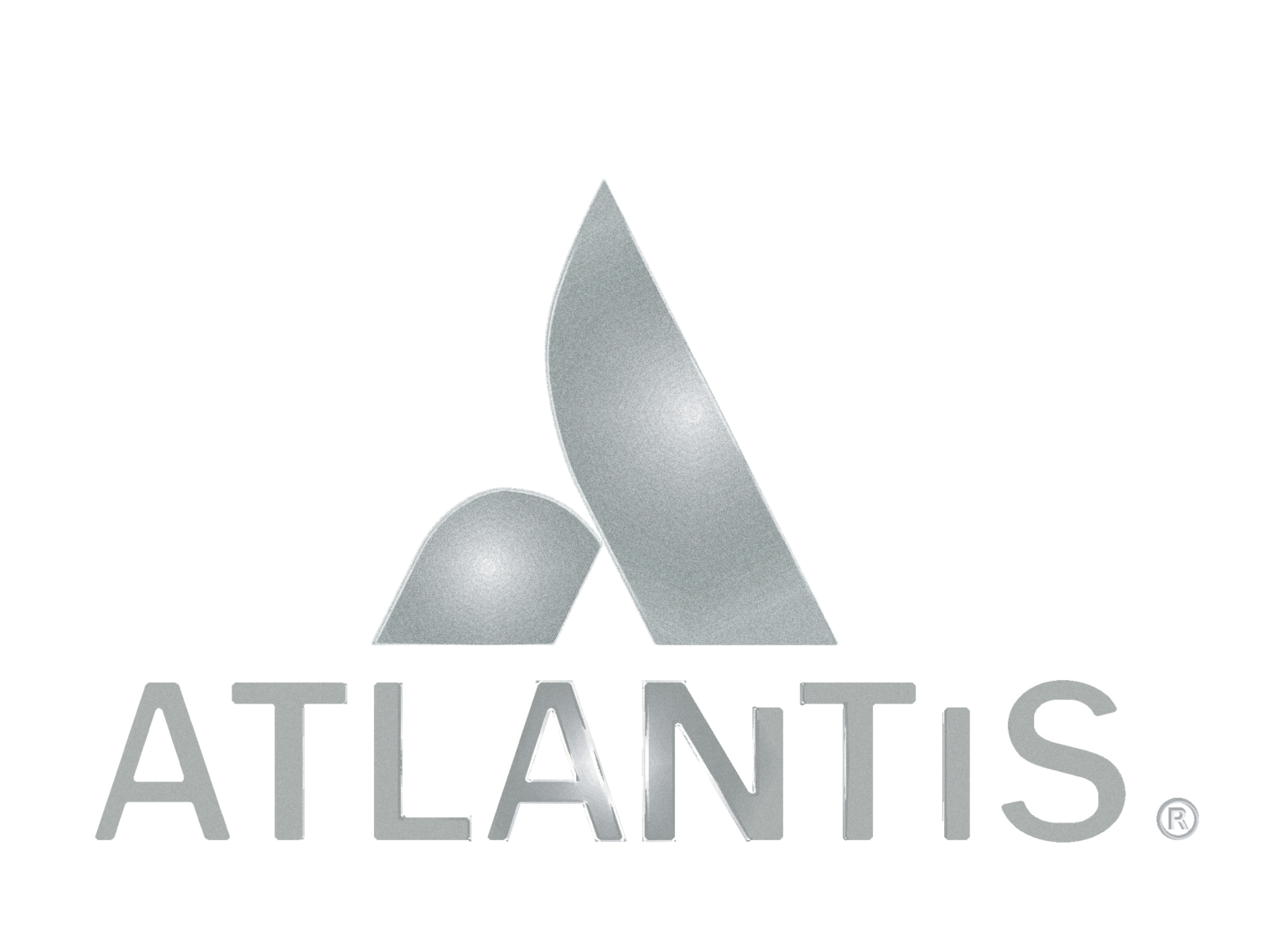
Today, the boundary separating our digital and physical worlds has blurred significantly.
As AI and blockchain expands, previously there are integrations being built that you could not imagine just a few years ago. One of these integrations is asset tokenization—which means representing real-world assets digitally on chain.
Tokenization changes how we perceive ownership of tangible assets such as real estate, commodities, or artwork by converting them into digital tokens recorded securely on a blockchain.
Real-World Assets (RWAs) are the tangible assets represented by these digital tokens. A primary advantage you gain with RWA is fractional ownership. Imagine you had a $500,000 property asset, with tokenization, this property can be divided into thousands of tokens, making high-value investments accessible to everyday investors.
For those with a few web3 years under their belt, this was the same thing as when NFT fractional ownership became a thing in the NFT gold rush years of 2021-2022!
Why Is Real Estate Moving to Web3?
Traditional real estate investing has significant problems:
- it’s often hard and slow to sell or cash out investments (illiquidity),
- requires large amounts of money upfront, which excludes many potential investors (high barriers to entry),
- involves costly fees and commissions when buying or selling (steep transaction costs),
- relies heavily on middlemen like brokers, banks, and lawyers, making transactions complex, slower, and more expensive.
Blockchain technology and Web3 address these issues directly.
Tokenization means that your property tokens can be traded quickly and easily, 24/7, without geographic constraints or permissions or heavy paperwork.
Fractional ownership lets people invest with smaller amounts of money, making it easier for more people to participate. Smart contracts automatically distribute income (like rent payments) and cut out costly middlemen. Blockchains keep clear and permanent records of who owns what, making it simpler, safer, and more transparent for everyone involved.
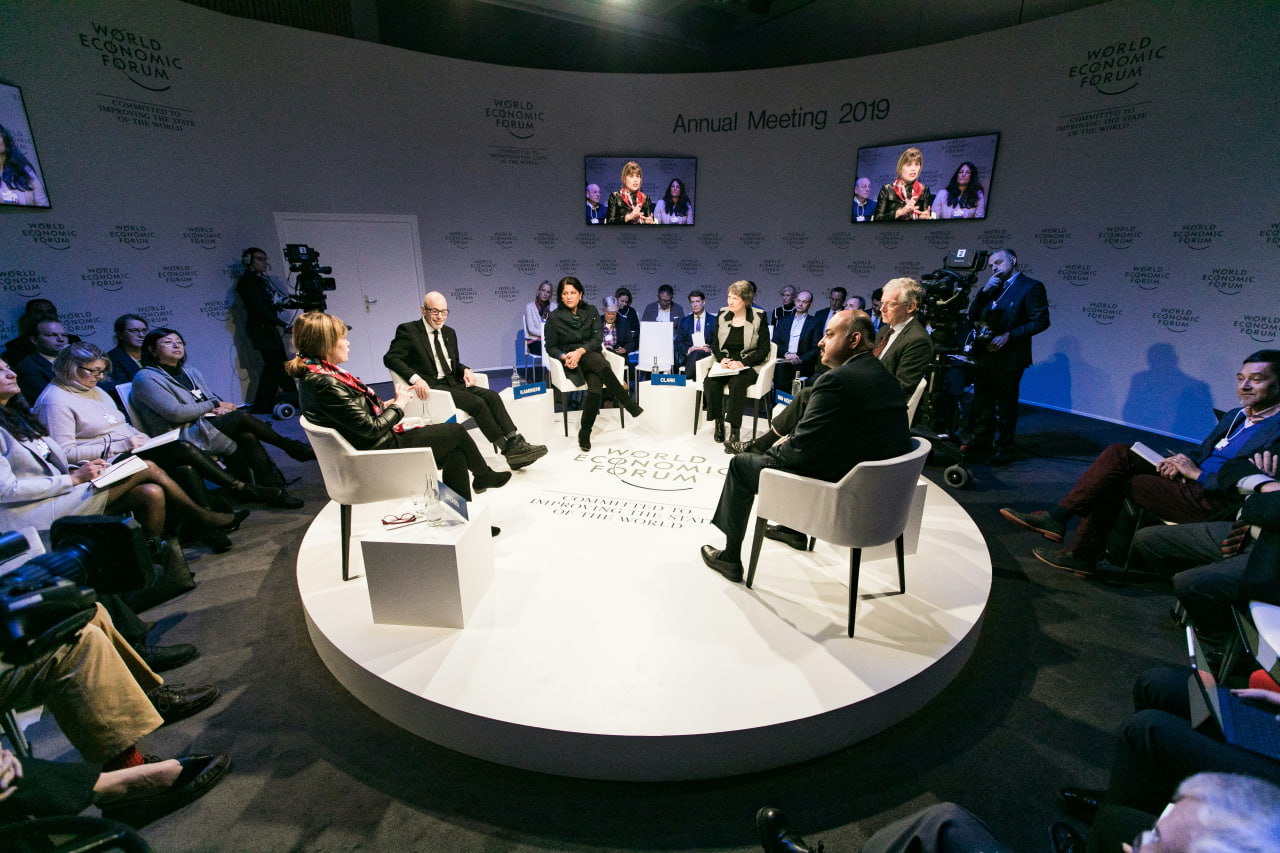
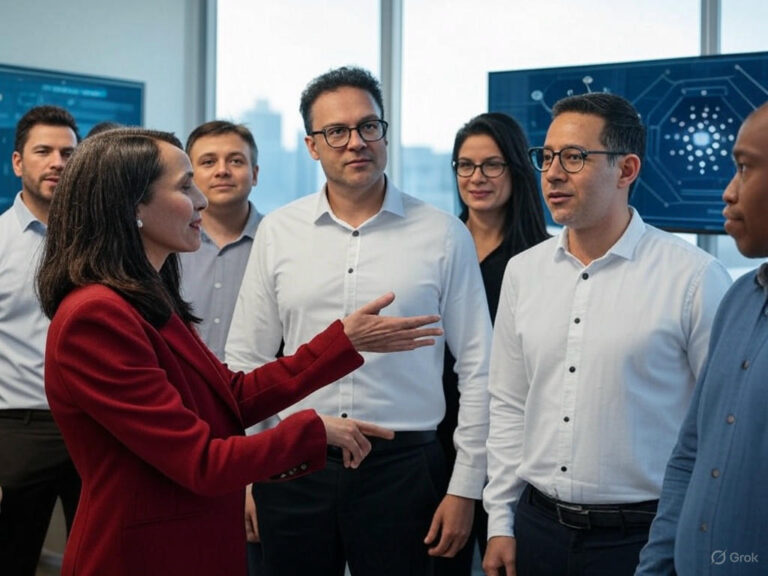
Why Cardano is the Ideal Blockchain for RWA
The Cardano network has obtained a global reputation for its uptime compared to its closest competitor Solana amid the mass adoption of digital assets and web3 projects. The time-tested Cardano security features have attracted more web3 developers focused on RWA tokenization in the recent past. Among other blockchain options, Cardano (ADA) uniquely suits RWA projects, especially tokenized real estate, due to its scalability, low transaction costs, security, and sustainability.
Cardano’s Ouroboros proof-of-stake protocol means that you can make transactions at super low fees with high speed—meaning micro-investments are feasible and economical. Ethereum on the other hand, relies on complex smart contracts for tokens, Cardano’s native multi-asset support simplifies token issuance and reduces the risk of contract vulnerabilities. Its UTXO-based ledger provides predictability and parallel processing, avoiding network congestion seen on other blockchains.
The demand for scalable, affordable, and secure web3 projects has significantly increased with the mass adoption of digital assets by institutional investors around the world. Cardano’s rigorous, peer-reviewed development process ensures top-tier security, critical for high-value asset transactions. Its built-in governance mechanisms allow smooth adaptation to regulatory and technological changes without disruptive forks. Additionally, Cardano’s identity solutions, such as Atala PRISM, facilitate regulatory compliance like KYC/AML, blending decentralization with institutional readiness.
Key Projects Leading the Charge
Finest, in collaboration with NMKR and TrivolveTech, is at the forefront of real estate tokenization on Cardano. finest.investments aims to democratize investment in real-world assets, particularly real estate, by tokenizing properties and offering fractional ownership. Investors can sign up easily, fund their accounts with credit cards or cryptocurrency, and choose from a variety of tokenized real estate assets, trading them anytime, anywhere.
This project targets high-value real estate, such as luxury properties, and uses Cardano’s low-cost, secure platform to make these investments accessible to a broader audience.


